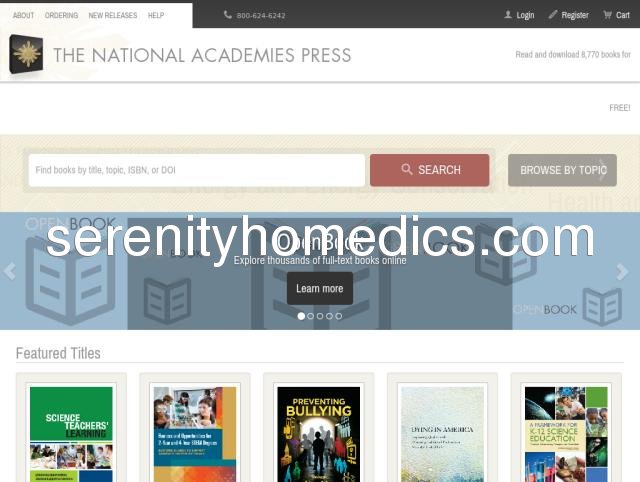www.nap.edu Review:
http://serenityhomedics.com/w/www.nap.edu.html
Le fluconazole, commercialisé sous le nom de Diflucan, est un antifongique appartenant à la classe des triazolés. Son action repose sur l’inhibition de la 14α-déméthylase dépendante du cytochrome P450, empêchant la conversion du lanostérol en ergostérol, composant essentiel de la membrane fongique. Cette inhibition fragilise la membrane et conduit à la mort cellulaire. La biodisponibilité du fluconazole est élevée (90 %), avec une pénétration efficace dans le liquide céphalorachidien, ce qui justifie son utilisation dans les méningites cryptococciques. Sa demi-vie longue permet des administrations espacées. Les données cliniques soulignent son rôle dans la prise en charge des candidoses systémiques, des candidémies et des infections opportunistes chez les sujets immunodéprimés. Les références thérapeutiques indiquent que diflucan prix est intégré dans de nombreux protocoles, tout en rappelant la surveillance nécessaire des enzymes hépatiques et les interactions avec les substrats du CYP3A4 et du CYP2C9.
The National Academies Press - The National Academies Press (NAP) publishes authoritative reports issued by The National Academies. Publications address key issues in science, engineering, social sciences, medicine and health. Topics range from space science to animal nutrition to medical ethics.

Country: 144.171.20.6, North America, US
City: -77.0177 District of Columbia, United States
My 7 year old son really liked this book. One of his favorite parts was when the bird was inside the pumpkin at the end. He felt like the author wrote at his level.
Scrubbed the floors with Bona, then checked their cleanliness with a wet Swiffer. Ugh! It was as if I hadn't cleaned at all. Definitely would not recommend wasting your money on this product.